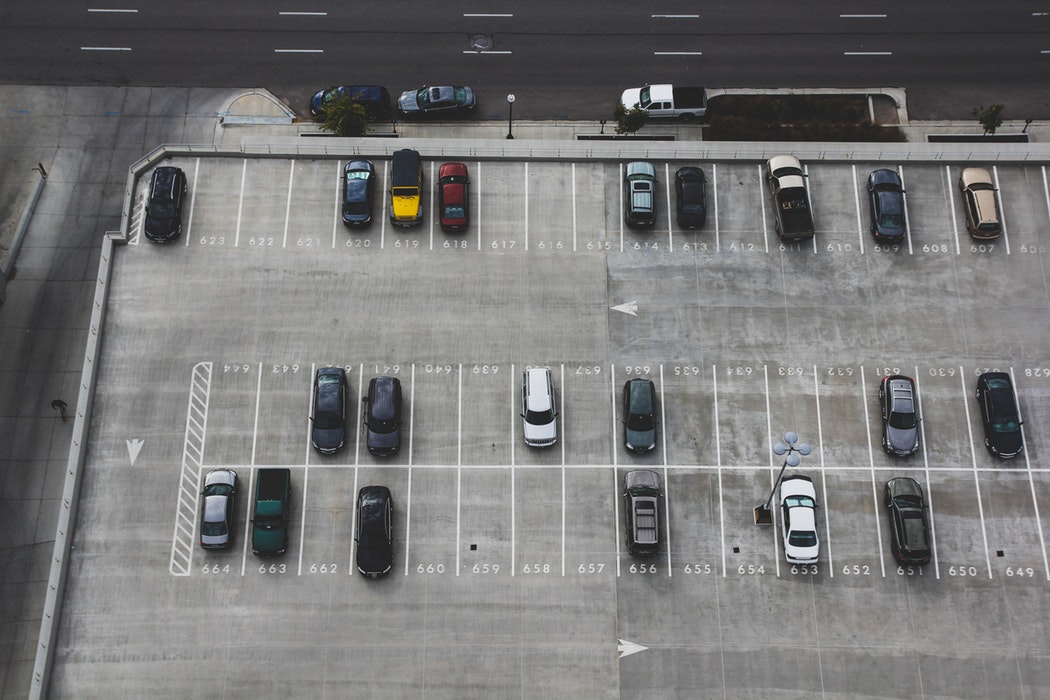
If you have a spare piece of land in a busy area, it can be difficult to decide what to do with it. While opting for building a retail space or apartment building can be a huge drain on resources like money and time, not to mention a huge risk, there is another option that is far simpler and far more likely to succeed: car parking. Most towns and cities have a chronic shortage of car parking – it seems that the faster we build parking lots, the faster they fill up. With relatively low set-up costs compared with more extravagant projects, relatively low upkeep and running costs, and relatively large and consistent paybacks, car parks are an incredibly sound investment. So, how do you go about setting up a car parking lot?
Obtain Permissions
First of all, you will need to obtain permissions to turn your piece of land into a parking lot. Rules vary across the country, but generally speaking, you will need to contact your local government in order to obtain a permit. Not every space will be approved for parking purposes, so be sure to research into this before making any plans to convert your land.
Space Planning and Line Marking
Once you have obtained permission, you will need to consider the most practical and most profitable way of dividing your car park. This will involve speaking to a specialist planner, who will be able to advise you on a layout that will allow maximum profitability. You will need to consider not only how many spaces you can fit in your plot, but also entrance and exit routes, as well as whether you will have multiple levels. Once all of this is in place, you will need to resurface the plot and then hire a company to mark it all out. If you’re looking for professional line marking in Melbourne – where there is always a need for parking – there are companies in the area who are highly experienced and skilled in this field. In some cases, they will also be able to install speed humps where needed.
Insurance
In order to protect your business and fulfil your legal obligations to your staff and to the public who will be using your space you’ll need adequate insurance in place. This is likely to include public liability insurance to protect your customers in case they have an accident on your property, as well as employee liability insurance to protect your staff. On top of this, you should invest in premises insurance to protect against any unforeseen problems like extreme weather damage or vandalism.
Signage and Equipment
Finally, you will need to purchase and install all of the necessary equipment and signage to ensure that your parking lot functions fully and meets all health and safety regulations. You will need a ticketing and payment system, barriers, perimeters and gates.
Once you have everything in place, a parking lot can provide a stable source of revenue for an extended period of time, making it a great long-term investment.
